 To enhance service speed and avoid tariff delays, we've opened a US warehouse. All US orders ship directly from our US facility.
To enhance service speed and avoid tariff delays, we've opened a US warehouse. All US orders ship directly from our US facility.
| Cat. No. | Product Name | Field of Application | Chemical Structure |
|---|---|---|---|
| DC23174 | GNE-140 racemate Featured |
GNE-140 racemate consists of equal parts (R)-GNE-140 and (S)-GNE-140 enantiomers, functioning as a potent inhibitor of lactate dehydrogenase A (LDHA).
More description
|
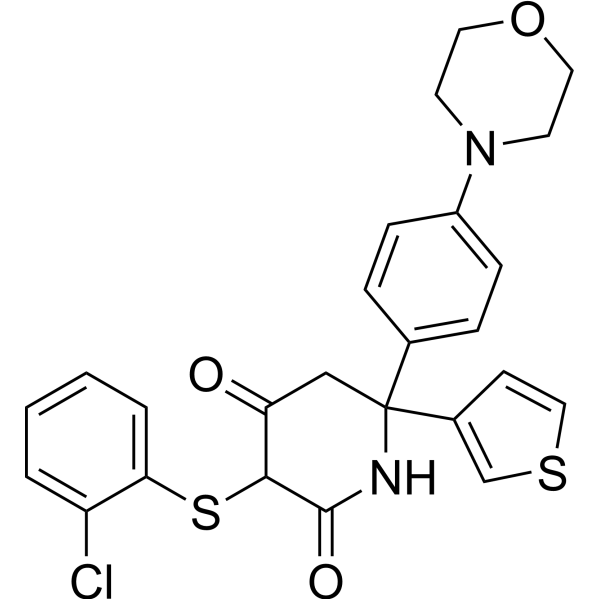
|
| DC20616 | AA 41612 Featured |
AA 41612 is a potent, synthetic melanopsin antagonist with IC50 of 15.8 nM, attenuates melanopsin photocurrent in a dose-dependent manner.
More description
|
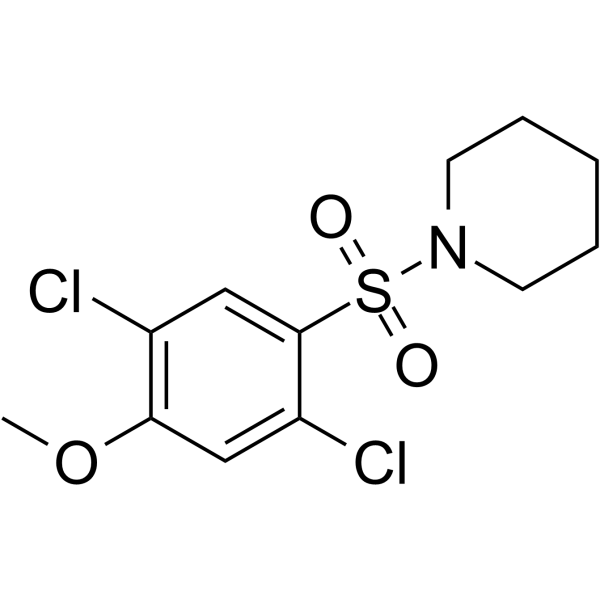
|
| DC34244 | KLH45 Featured |
KLH45 is a selective inhibitor of DDHD2 (DDHD domain containing 2).
More description
|
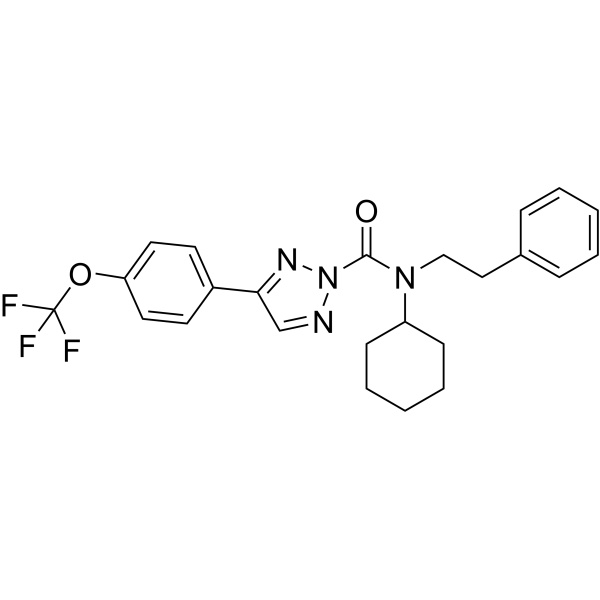
|
| DC21823 | WWL229 Featured |
WWL229 is a selective, distinct Carboxylesterase Ces3 inhibitor with IC50 of 1.94 uM, but not Ces1f, ABHD6, other serine hydrolases.
More description
|
.gif)
|
| DC43435 | NCGC00262650 Featured |
NCGC00262650 demonstrates potent inhibition of the AMA1-RON2 protein interaction, effectively preventing merozoite invasion of erythrocytes.
More description
|
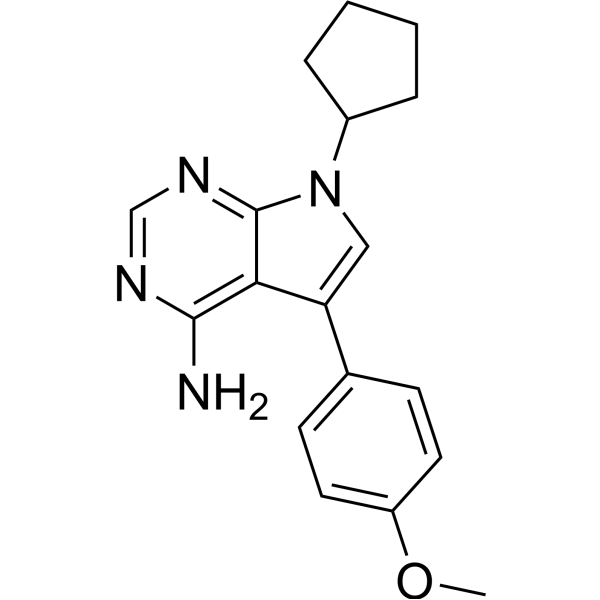
|
| DC24003 | TC-S 7001(Azaindole 1) Featured |
BAY-549 (Azaindole 1) is an orally bioavailable, ATP-competitive inhibitor demonstrating potent inhibition of both ROCK isoforms, with IC50 values of 0.6 nM (ROCK-1) and 1.1 nM (ROCK-2) in human enzymes.
More description
|
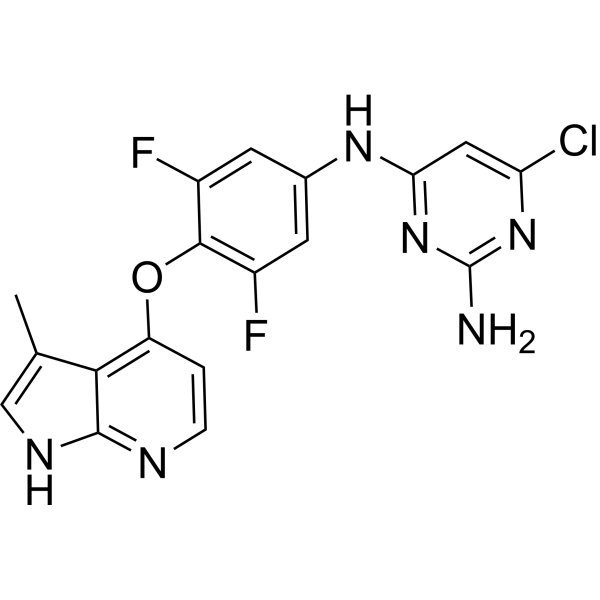
|
| DC36830 | ML-226 Featured |
ML-226 is an inhibitor of α/β hydrolase domain-containing protein 11 (ABHD11) that inhibits ABHD11 in vitro and in situ.
More description
|
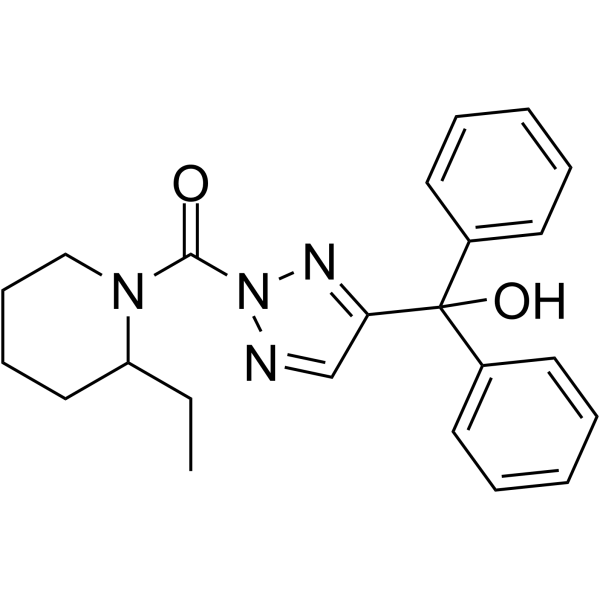
|
| DC10048 | APS-2-79 Featured |
APS-2-79 is a novel modulator of KSR-dependent MAPK signalling,KSR2,IC50=120 nM
More description
|

|
| DC43145 | BMS-986188 Featured |
BMS-986188 functions as a selective positive allosteric modulator for the δ-opioid receptor, demonstrating potent activity with an EC50 of 50 nM.
More description
|
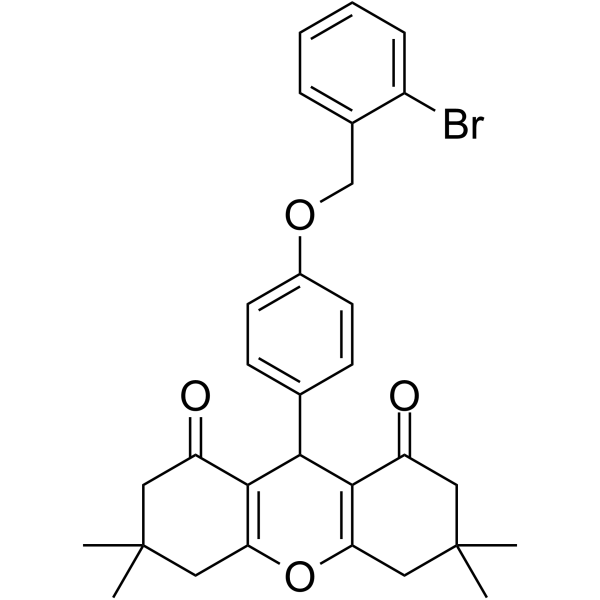
|
| DC34057 | NCGC607 Featured |
NCGC607 is a a small-molecule noninhibitory chaperone of glucocerebrosidase.
More description
|
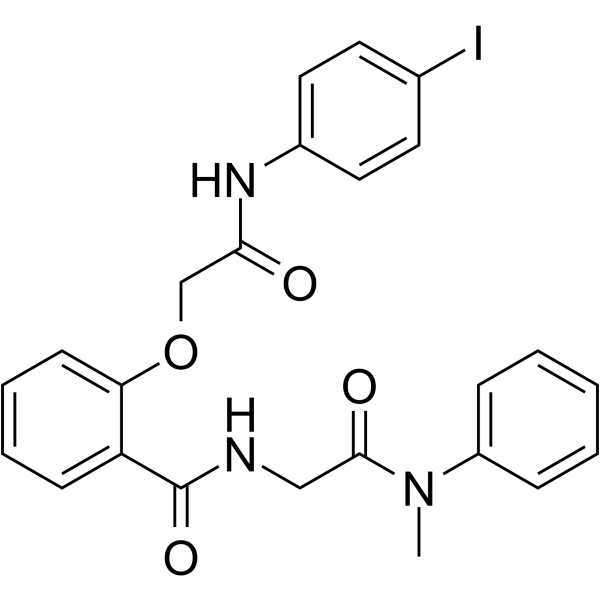
|
| DC22157 | Metarrestin Featured |
Metarrestin (ML246) is a specific inhibitor of perinuclear compartment (PNC), disrupts PNCs in PC3M-GFP-PTB cells with IC50 of 0.39 uM, specifically binds eEF1A2.
More description
|
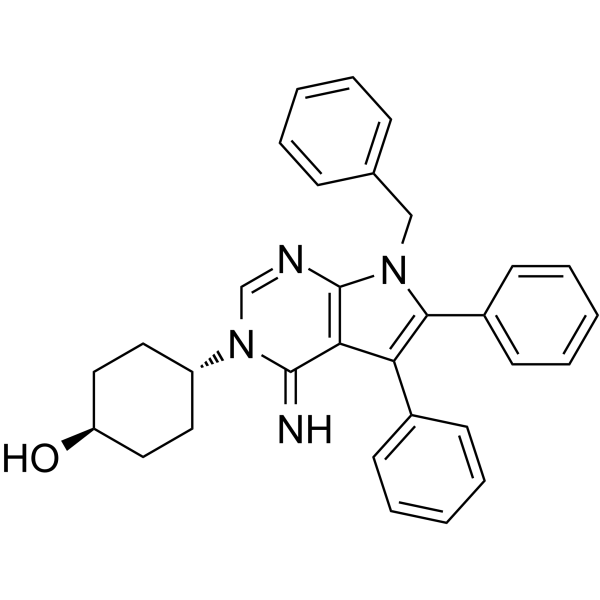
|
| DC12013 | NSC45586 Featured |
NSC45586 sodium is a selective inhibitor targeting the PP2C phosphatase domain within both PHLPP1 and PHLPP2 proteins. By blocking these phosphatases, it enhances AKT activation in neuronal cells.
More description
|

|
| DC43902 | FLTX1 Featured |
FLTX1 is a fluorescent Tamoxifen analog capable of specifically visualizing intracellular estrogen receptor binding sites, regardless of cellular permeabilization status. This probe retains Tamoxifen's potent antiestrogenic activity in breast cancer models while lacking uterine estrogenic effects.
More description
|
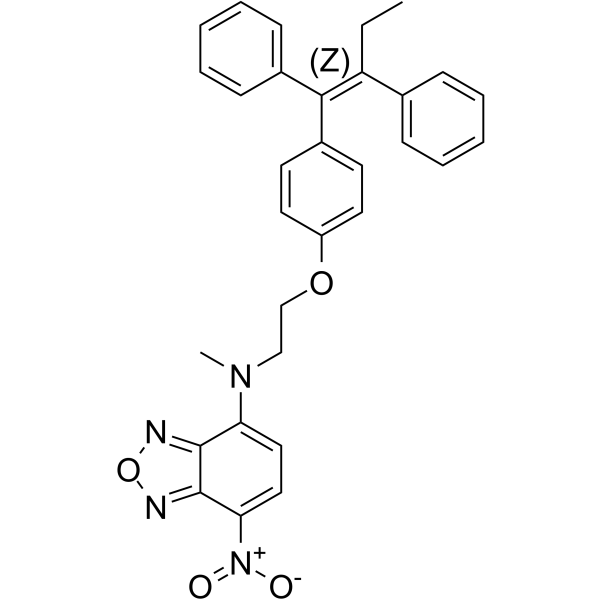
|
| DC43234 | GSK'962 Featured |
Negative control for GSK'963 (AOB9775). Novel highly potent and selective RIP1 inhibitor
More description
|

|
| DC10086 | AS1842856 Featured |
AS1842856 is a potent and cell-permeable Foxo1 inhibitor with an IC50 of 30 nM.
More description
|

|
| DC43812 | TSPC Featured |
TSPC is an inhibitor for GA perception by in vitro and in planta evaluations.
More description
|
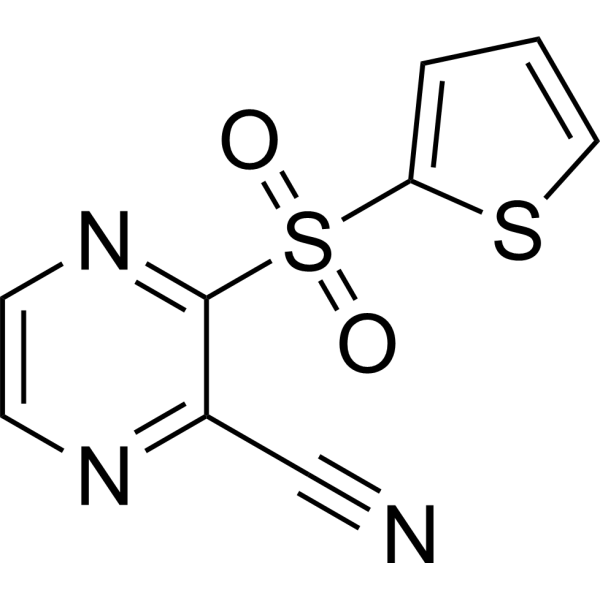
|
| DC11170 | AF64394 Featured |
AF64394 is a potent, selective GPR3 inverse agonist with pIC50 of 7.3, displays >100-fold selectivity over GPR6 and GPR12.
More description
|
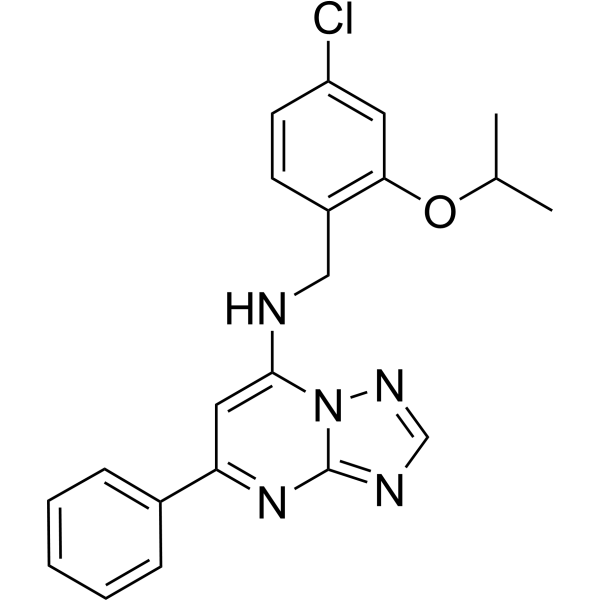
|
| DC21581 | RO 5203648 Featured |
RO5203648 is a high-affinity, selective partial agonist of TAAR1 (trace amine-associated receptor 1) that represents an innovative pharmacological approach for investigating neuropsychiatric disorders.
More description
|
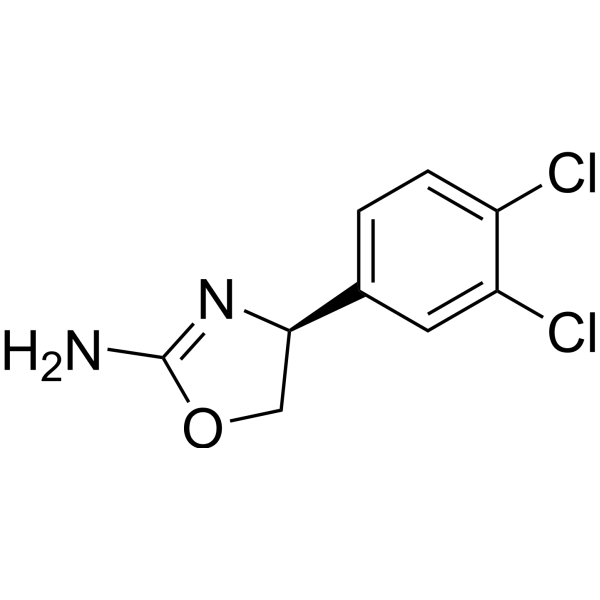
|
| DC12222 | ML311 Featured |
ML311 is a potent and selective inhibitor of the Mcl-1/Bim interaction.
More description
|
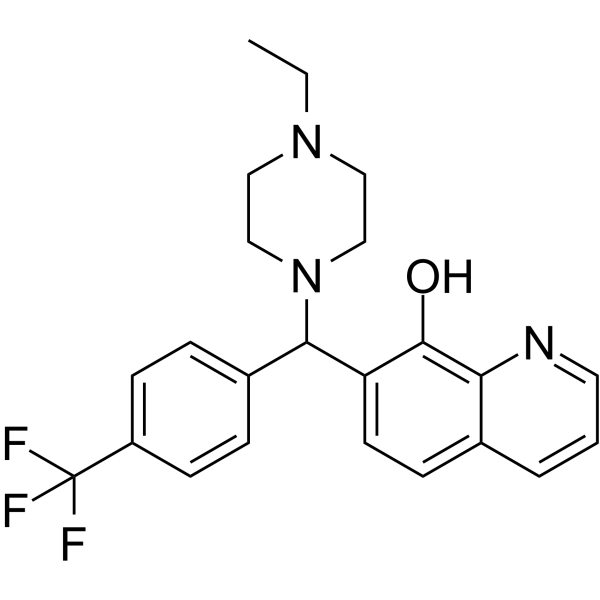
|
| DC33034 | MSBN Featured |
MSBN is a highly selective fluorogenic probe for thiols, selectively imaging thiols in live cells and specifically label protein thiols with a turn-on signal to determine diverse reversible protein thiol modifications.
More description
|
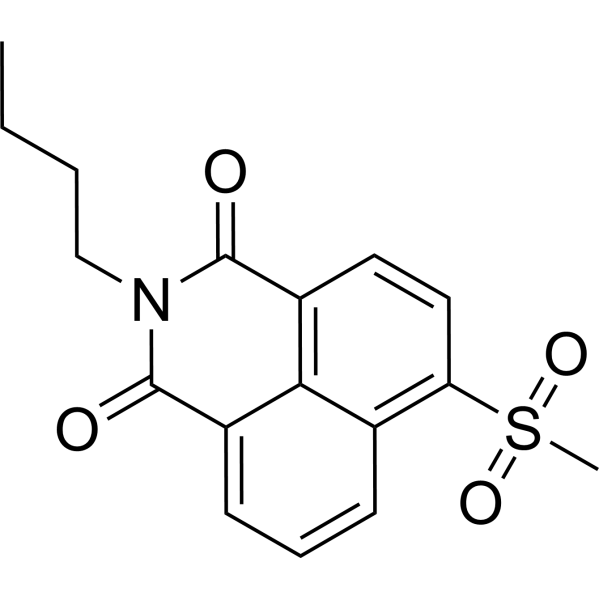
|
| DC34286 | BRD6688 Featured |
BRD6688 is a selective HDAC2 inhibitor. It acts by enhancing the learning and memory processes.
More description
|

|
| DC34349 | Creatine riboside Featured |
Creatine riboside is the strongest classifier of lung cancer status in all and stage I-II cases, important for early detection, and also associated with worse prognosis in stage I-II lung cancer.
More description
|

|
| DC43682 | WAY-169916 Featured |
WAY-169916 functions as a selective estrogen receptor modulator that uniquely suppresses NF-κB-mediated transcription, resulting in significant anti-inflammatory activity.
More description
|
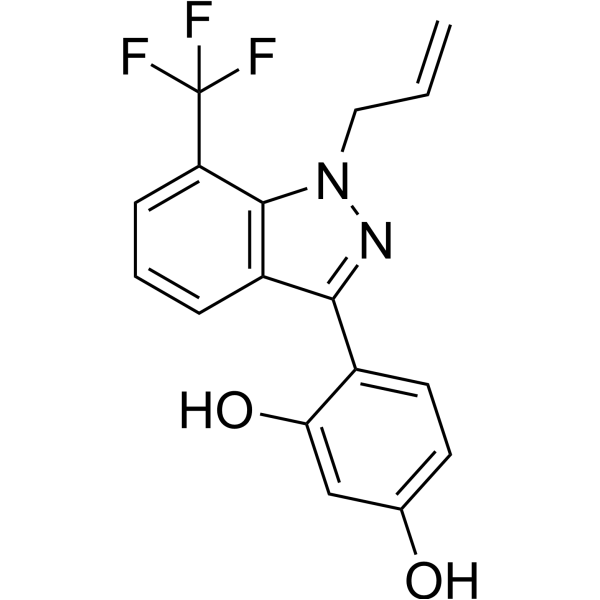
|
| DC43692 | SGA360 Featured |
SGA360 modulates inflammatory SAA1 signaling via an aryl hydrocarbon receptor (AHR)-dependent pathway, functioning as a partial antagonist through a non-canonical mechanism independent of AHR-DNA binding.
More description
|
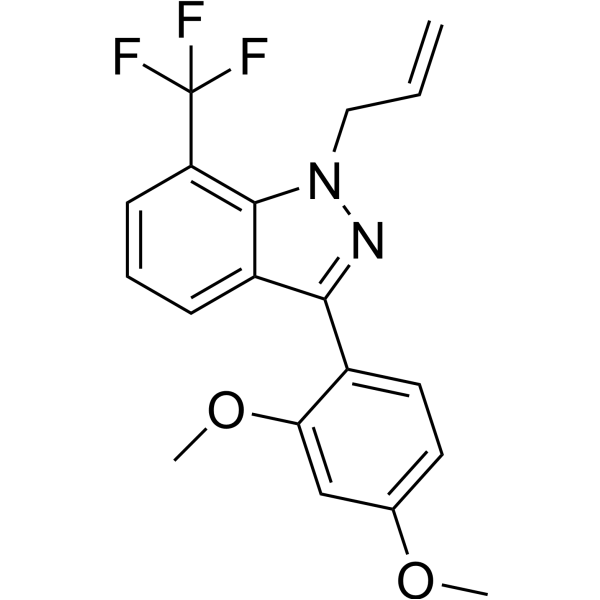
|
| DC21399 | AEM1 Featured |
NRF2 inhibitor AEM1 is a specific small molecule inhibitor of Nrf2 transcriptional activity in cancer cells, shows no activity against a panel of >100 kinases (including isoforms of PI3K, AKT, and PKC).
More description
|
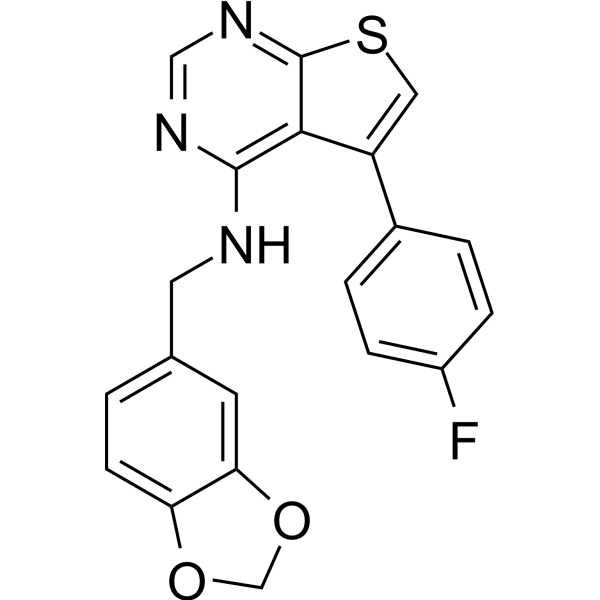
|
| DC34392 | JCP174 Featured |
JCP174 is an inhibitor of a depalmitoylase that enhances Toxoplasma host-cell invasion by targeting TgPPT1.
More description
|

|
| DC43698 | Kv2-IN-A1 Featured |
KV2 channel inhibitor-1 demonstrates selective blockade of KV2.1 (IC50 = 0.2 μM) and KV2.2 (IC50 = 0.41 μM) channels while exhibiting minimal activity against KV1.2 (IC50 >10 μM). The compound shows >10-fold selectivity over NaV channels and other KV subtypes, with only weak effects on CaV channels.
More description
|
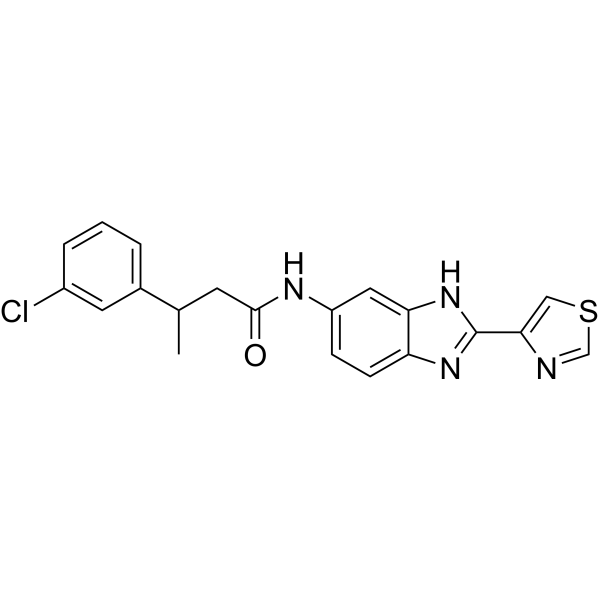
|
| DC26093 | PH-064 Featured |
PH-064 (also known as BIM-46187) functions as a potent inhibitor targeting the heterotrimeric G-protein signaling complex.
More description
|
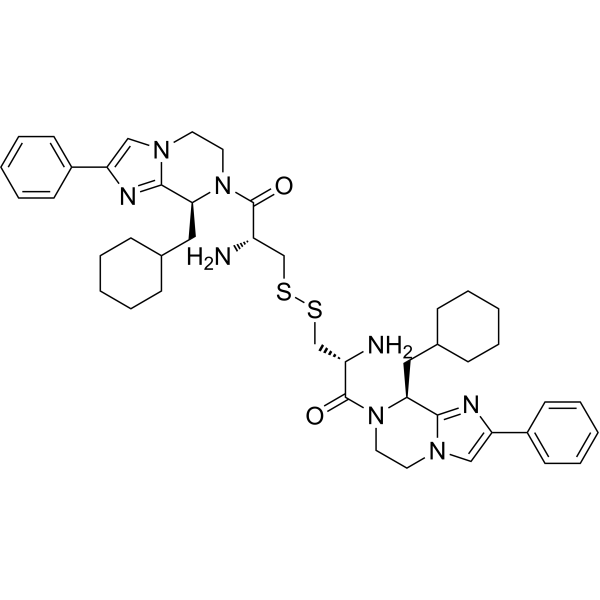
|
| DC43810 | GSK5182 Featured |
GSK5182 is a potent, orally bioavailable inverse agonist that selectively targets ERRγ (IC50 = 79 nM) without affecting ERRα or ERα nuclear receptors. Additionally, it stimulates ROS production in hepatocellular carcinoma cells.
More description
|
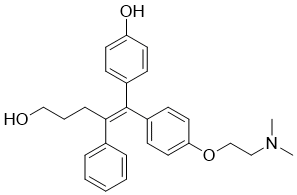
|
| DC20336 | CE3F4 Featured |
CE3F4 is a potent, noncompetitive EPAC1 inhibitor that blocks EPAC1-induced Rap1 activation both in cell-free systems and in intact cells and did not influence protein kinase A holoenzyme activity.
More description
|
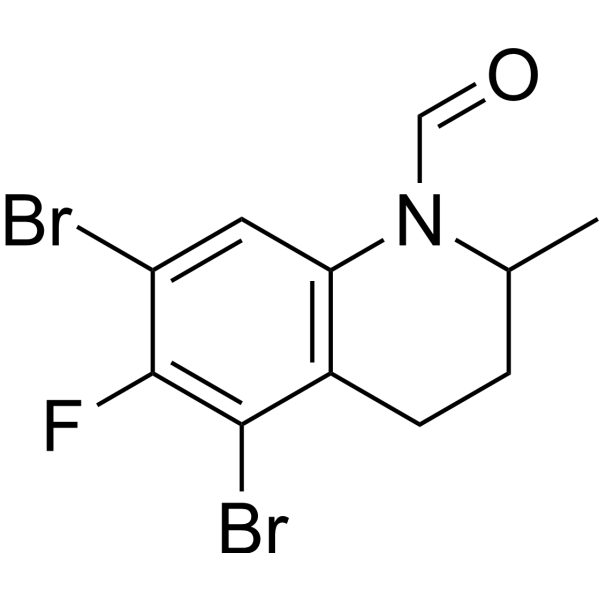
|